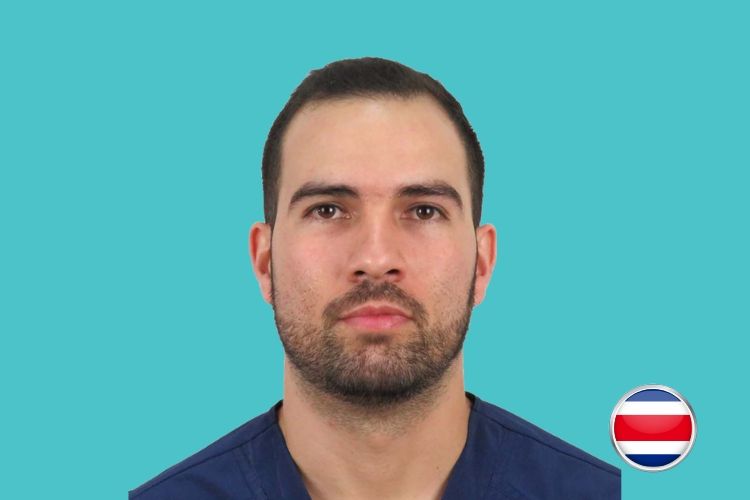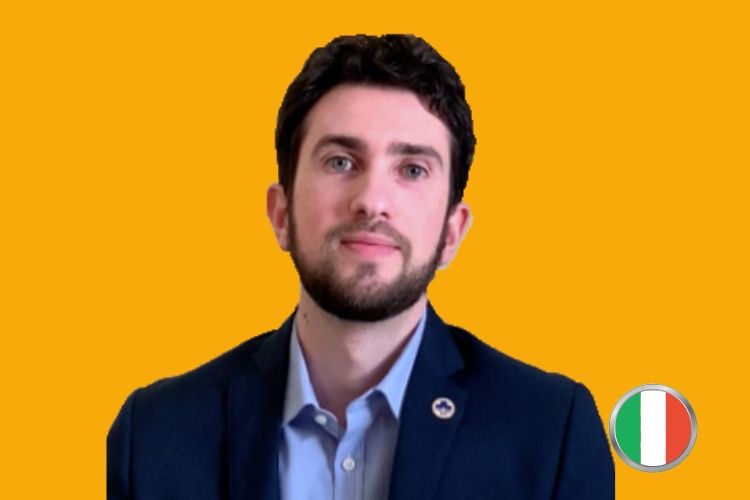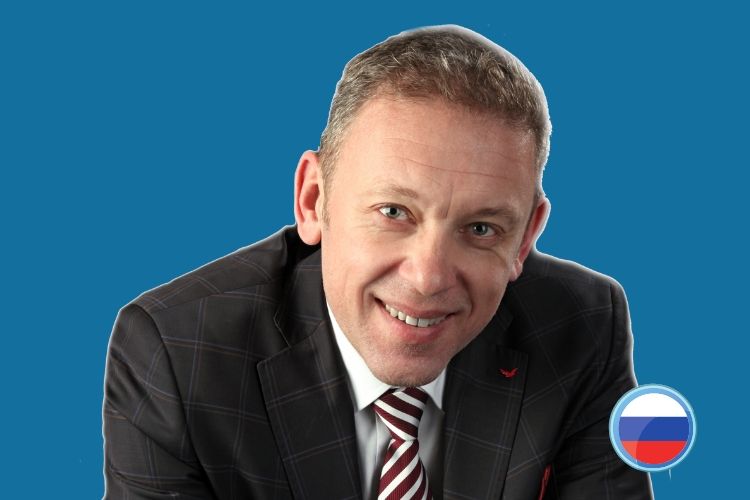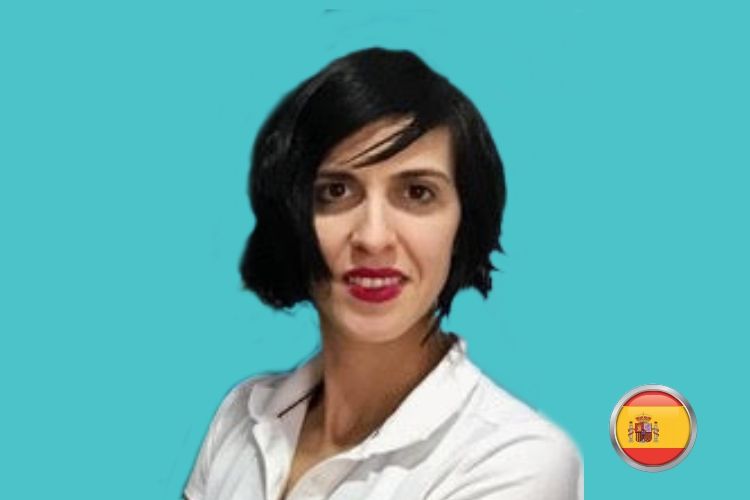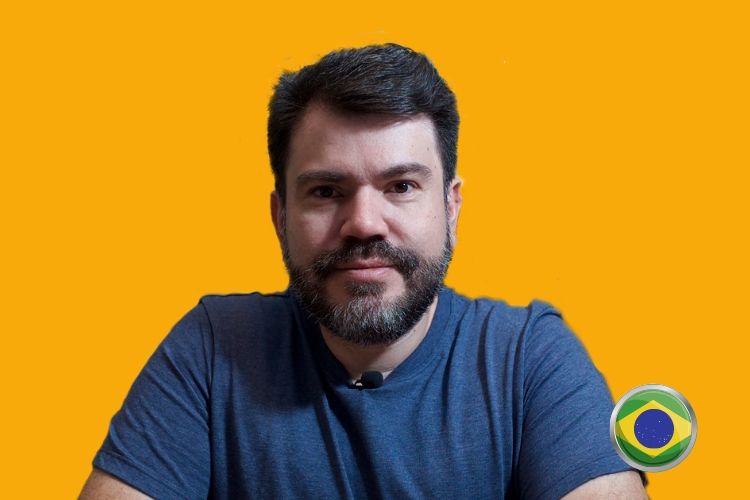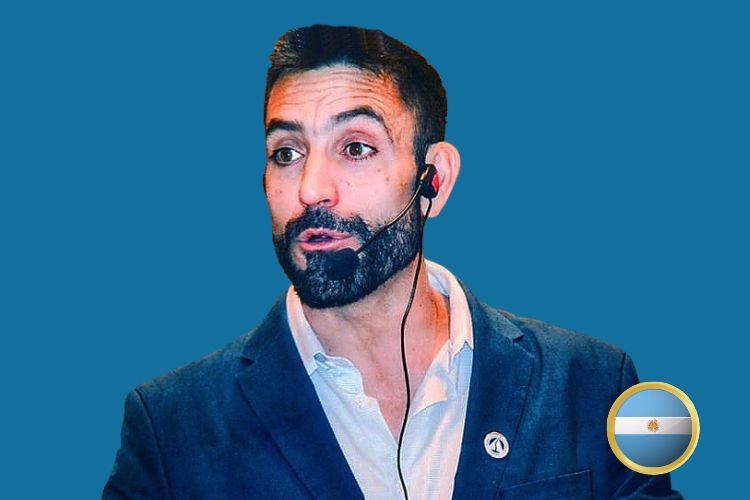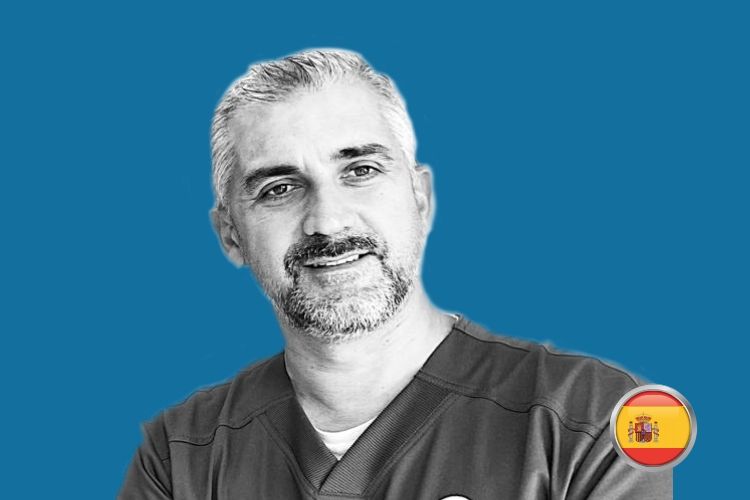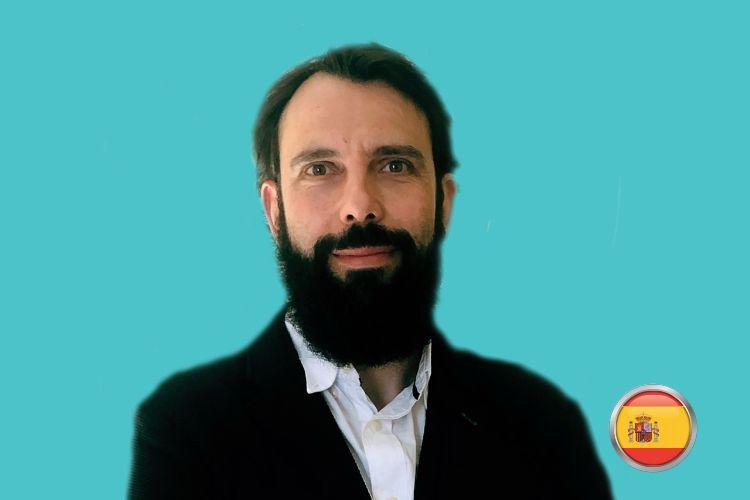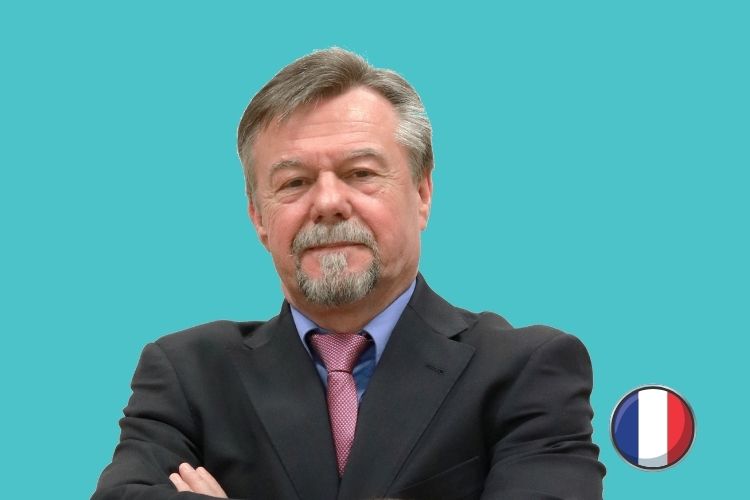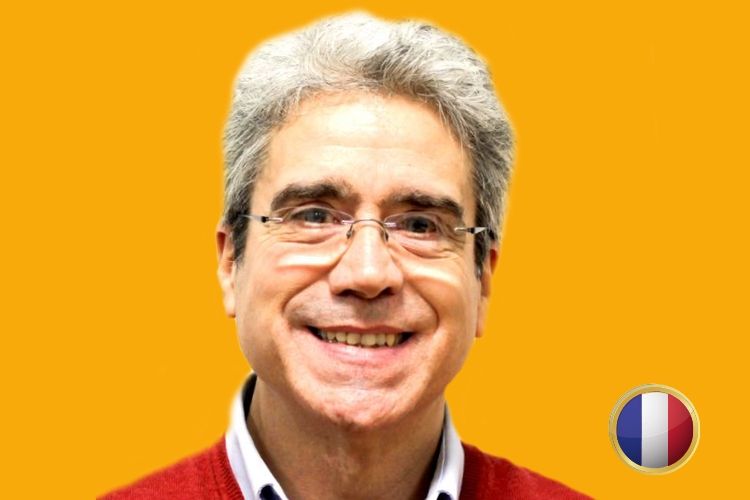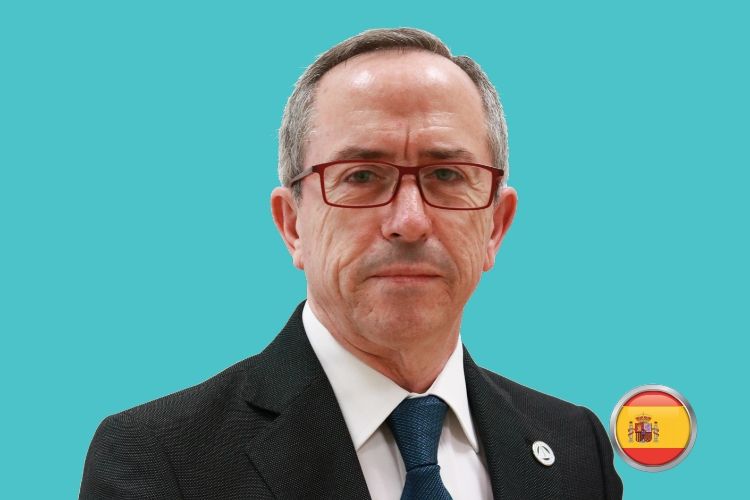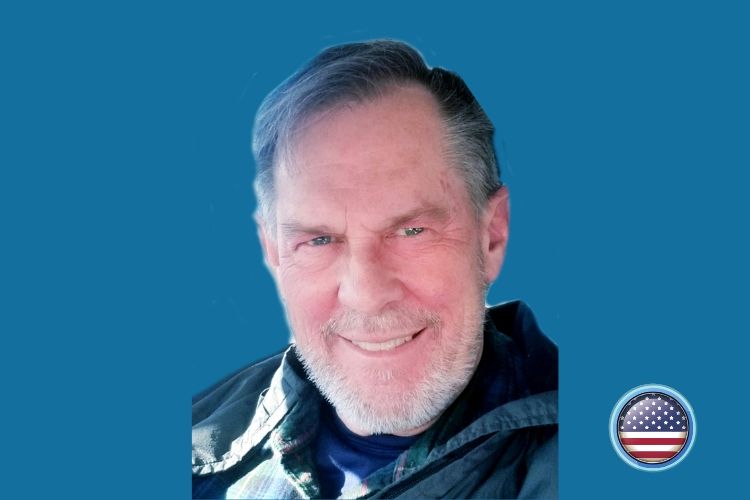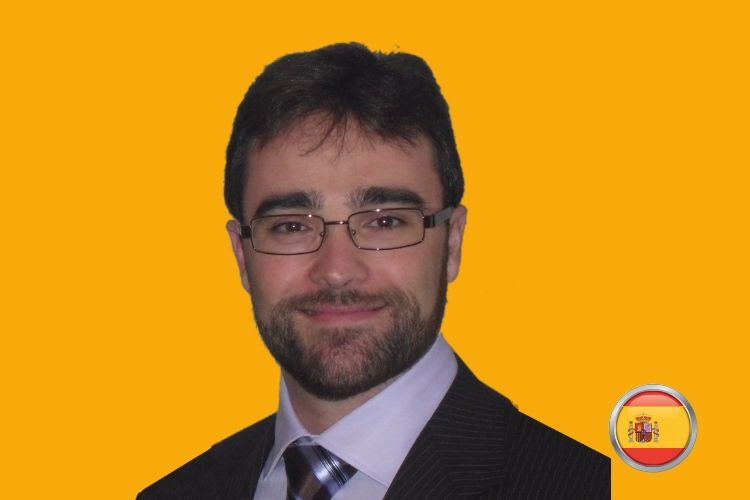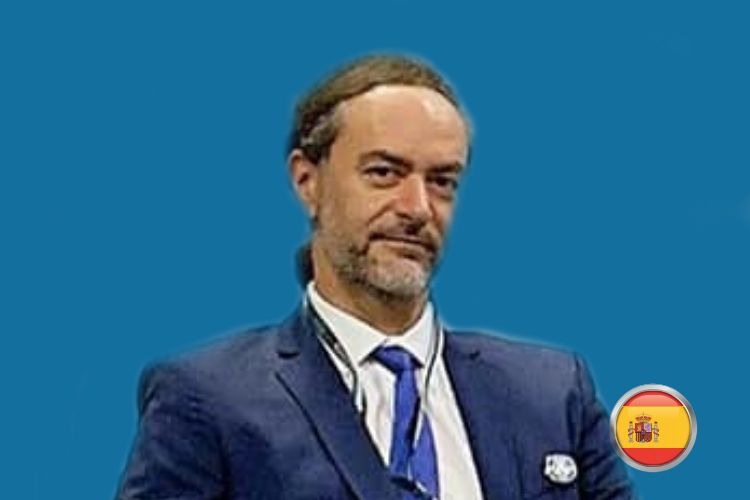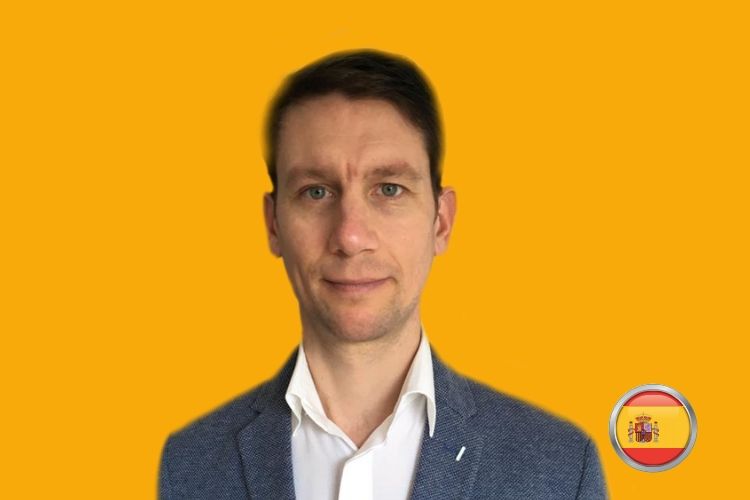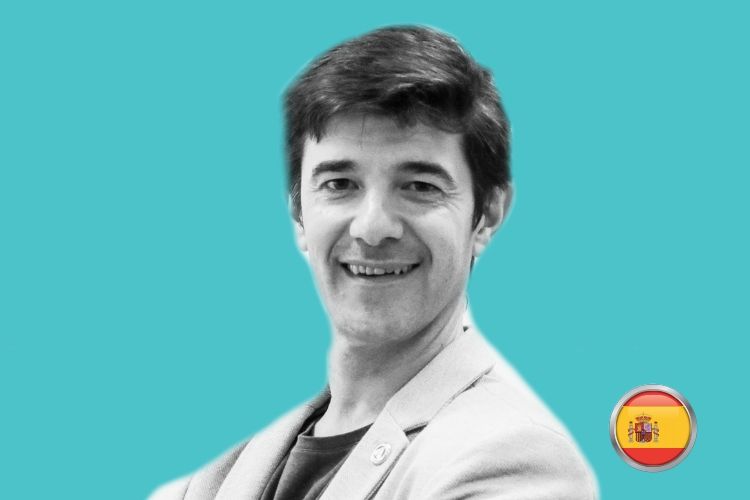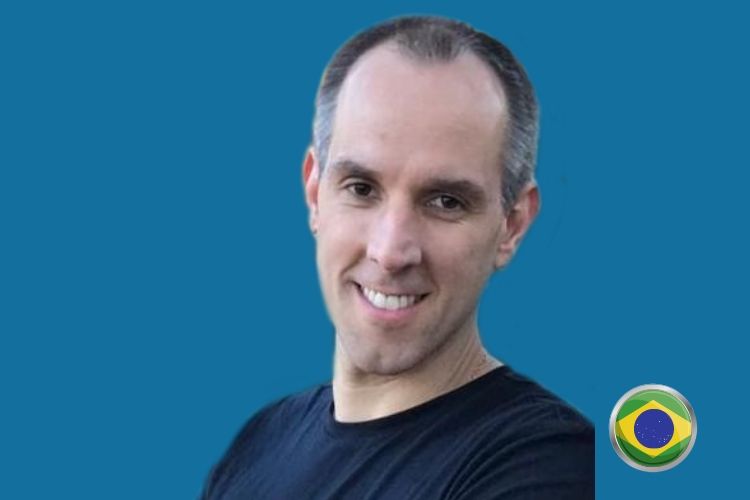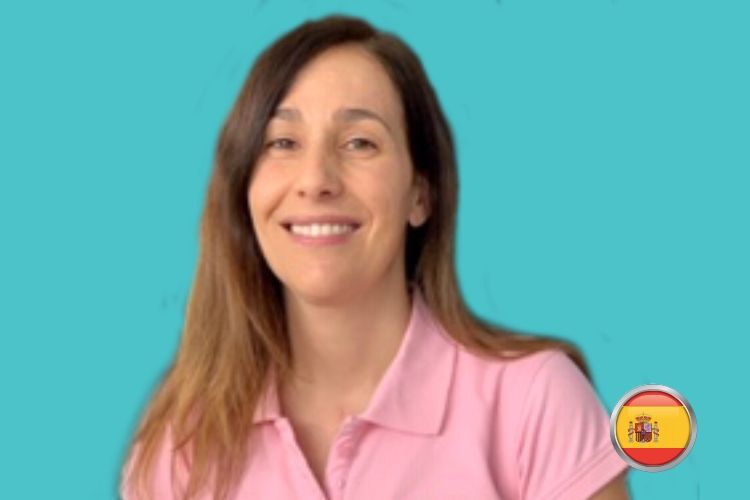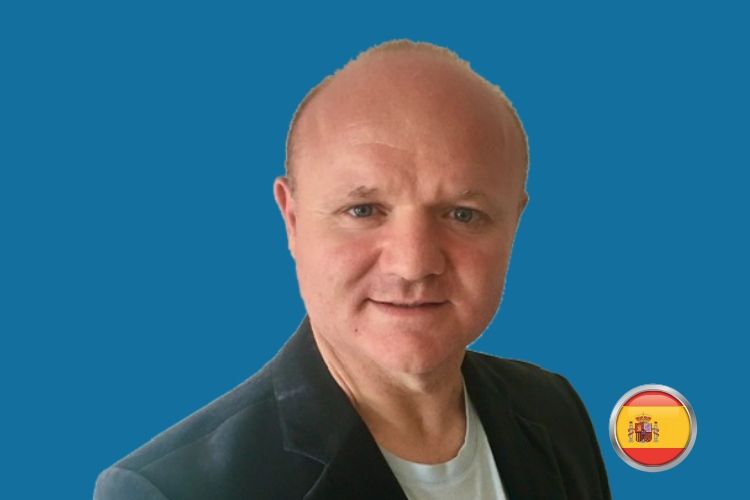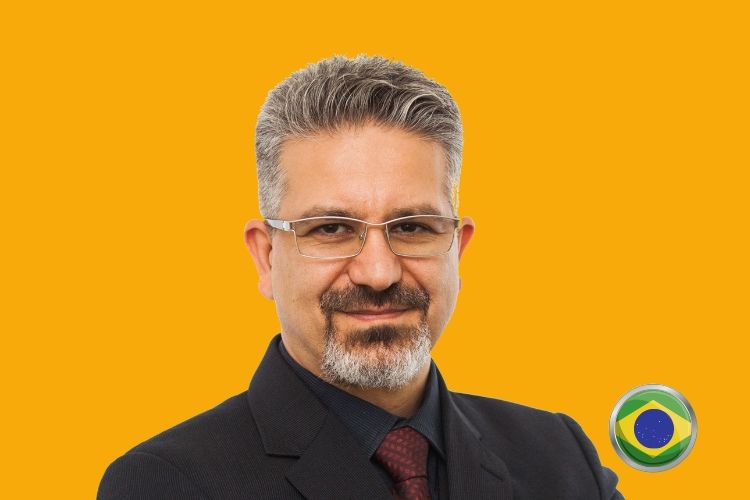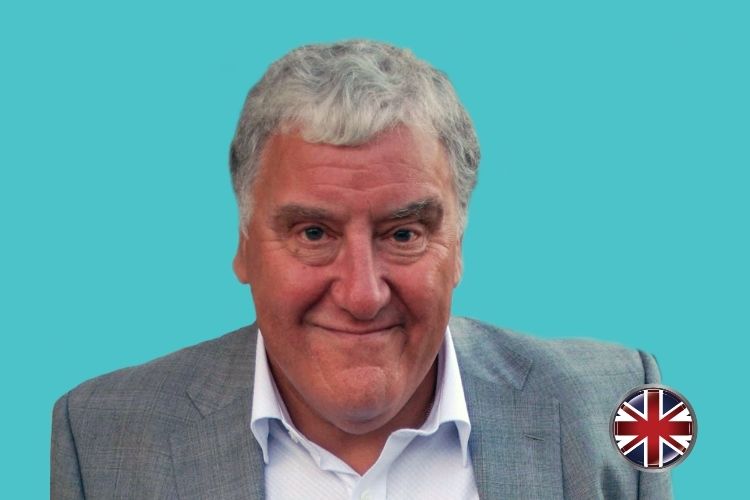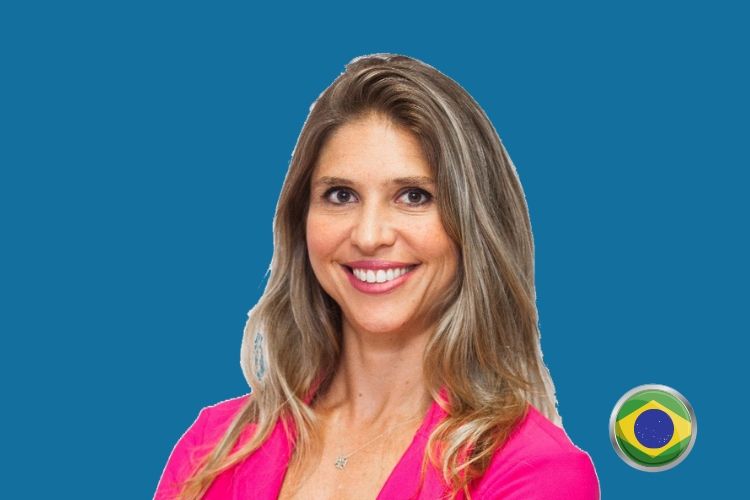THE CONGRESS
For the first time, the International Osteopathy School of Madrid is organizing an online Congress in order to demonstrate and disseminate osteopathic methodology, from different perspectives, using papers presented by professionals from different parts of the world. The contributions of the professionals participating in this event are only a small sample of what this 100-year old science has become.
Training and research are essential to advancing the development of scientific knowledge. In the same manner, clinical care activity and the patient as the focus of our daily work motivate us and lead us to advance in our profession, contributing to the welfare of society.
Throughout the Congress, the importance of research and the clinical work of thousands of osteopathic professionals who contribute to improving people's health every day will be explored. This is a proposal that encourages reflection and aims to expand the diagnosis and treatment of patients with other approaches.
The congress is aimed at health professionals in general, and students of Health Sciences degree programs.
THE SPEAKERS
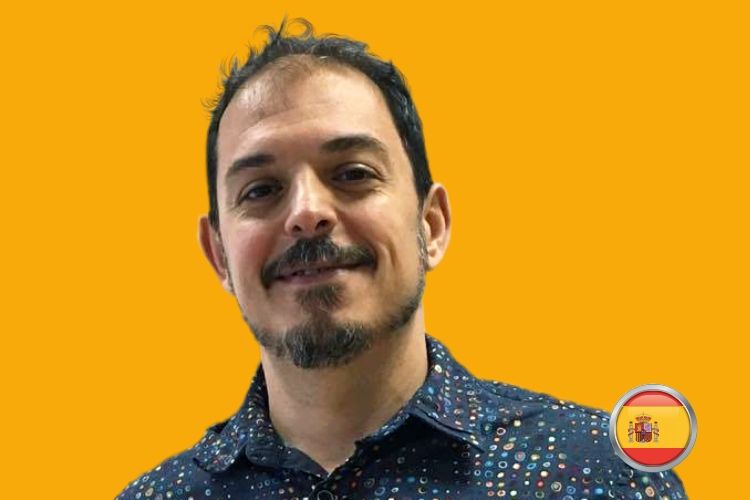 Ignacio Díaz Cerrato
Ignacio Díaz Cerrato
ACADEMIC TRAINING
2012-2011. Official master degree for access to doctorate “Ejercicio y salud” (Exercise and health). University of Cadiz.
2006: Doctorate of Osteopathy in Classical Osteopathic Manipulation, Escuela de Osteopatia de Madrid (Madrid School of Osteopathy) of the University of Alcalá, Alcalá de Henares, Spain
2006: Doctoral Thesis Approved for Doctorate of Osteopathy by the Scientific European Federation of Osteopaths.
2004. University expert in Sports Physical Therapy (Complutense University of Madrid). University of Alcala- MSO, Alcalá de Henares, Madrid.
1998-1995. University Graduated in Physical Therapy (UAH).
PROFESSIONAL EXPERIENCE
Since 2012- Teacher at the CJC University for Bachelor in Physical Therapy. Subject of “Osteopathy in Physical Therapy” (3rd Course).
Since 2008 Teacher for the Specialised Course in Osteopathic Physiotherapy. University of Zaragoza.
Since 2005 Professor at the Madrid School of Osteopathy at various campuses throughout Spain, Portugal, Italy, and Argentina.
2009-2008. Teacher at the European University of Madrid, in Bachelor of Physiotherapy. Subject of “Osteopathic Physical Therapy” (3rd Course).
Ignacio Díaz Cerrato
Pt, D.O - SPAIN
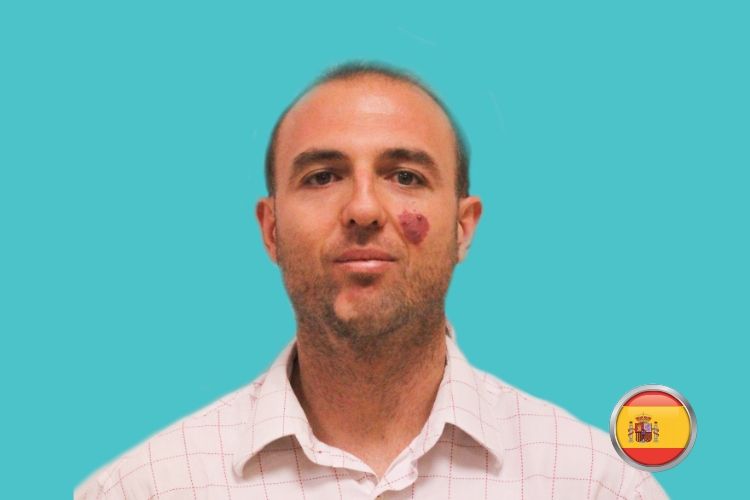 Jaime Camarasa
Jaime Camarasa
TRAINING
- 1995-1998. Degree in Physiotherapy. University of La Laguna, Tenerife.
- 2007. Osteopath D.O. (Scientific European Federation of Osteopaths).
- 2006. Neuro-connective tissue manipulation course, Luigi Stecco method. University of Alcalá de Henares, Madrid.
- 2009. First Level of Somato-emotional Integration. Sevilla University.
- 2009-2010. Postgraduate degree in Clinical Psychoneuroimmunology "Regenerative Therapy". School of Physiotherapy Garbí-University of Gerona.
WORK EXPERIENCE
- Since 2004 . Private Consultation of Physiotherapy and Physiohealth Osteopathy.
TEACHING EXPERIENCE
Since 2005 Professor of the Madrid School of Osteopathy, in Spain, Portugal, Italy, Argentina Brazil, Israel and Hong Kong.
Jaime Camarasa
Pt., D.O - Spain
THE PROGRAM
HISTORY OF THE OSTEOPATHY
- Understanding your action – the Mind/Spirit of Osteopathy Jason Haxton
Great mastery of Anatomy and the manual skills necessary for treating patients can be acquired from the study of Osteopathy. However, Dr. Andrew Taylor Still said that Osteopathy is a combination of three aspects: the body, the mind and the spirit. Once the professional learns the principles of osteopathy as regards the organism, he or she should also seek knowledge about the mind and spirit. Before touching a body, one must understand the patient. According to Dr. Still, life is the journey of the soul. In this presentation, Dr. Haxton expounds on some of the key moments in Dr. Still's life as they related to his view on life and the existence of man and the importance of familiarity with these three aspects in the treatment of patients
RESEARCH
- Osteopathy and the cardiovascular system. A line of open research Gérard-Vincent Martínez
In the early days, Dr. Andrew Taylor Still’s principle stipulating that "the artery is sovereign" was an aphorism not supported by the teaching profession, there being no writings on the subject. However, with the profession’s logical progression, osteopaths evolved in various directions. For his part, Gérard Martinez was interested in the arterial system, creating mechanical concepts with the corresponding techniques. In this presentation he will give us a glimpse of the potential of osteopathy in this area. - The cholinergic anti-inflammatory pathway. The vagus nerve and the immune system Luis Gonzaga
The vagus nerve is a key element in the regulation of the neuroimmune system, through its afferent and efferent components. In this paper, an analysis of both pathways and a review of the mechanisms involved will be made, to conclude on the importance and change of concept that it has for osteopathic clinics.
STRUCTURAL OSTEOPATHY
- Osteopathic Approach to the Windlass and Foot CORE Mechanism Fernando Pérez
One of the osteopathic structural approaches, within the sports and postural field, is the treatment of the foot posture. That is why one of the essential aspects of Osteopathy is a comprehensive, global understanding of all the systems comprising the foot posture. In this case, we concern ourselves with the WINDLASS and FOOT CORE system, which is fundamental and key for the development and functionality of this system in relation to the rest thereof. - How to know the autonomic nervous system is one of the keys to understanding osteopathy Fellipe Amatuzzi Teixeira
This conference will review how the Autonomous Nervous System integrates information from the body and helps to understand the different symptoms of the patient. - Visual system disorders and cervical dysfunctions Erika Quintana Aparicio
Cervical pain is the most prevalent pathology in the world. Visual disorders also appear in the general population with a high prevalence of between 64% and 90%. The goal of this presentation is to establish how the dysfunctions of the visual system are related to the dysfunctions of the cervical system and vice versa, as well as the creation of multidisciplinary protocols for addressing these pathologies - Visual system and school failure: An osteopathic approach. Juan Manuel de los Santos Perdigones
Human learning depends on the neuroplasticity capacity of the nervous system. 80% of the sensory information that reaches the CNS comes from the visual system. In this presentation, the importance of the exteroceptive and proprioceptive function of the visual system will be emphasized. The relationship between poor school performance and visual problems will be analyzed, and dyslexia disorder will be explored further. What can osteopathic diagnosis and treatment achieve in this field? - Headaches: An osteopathic Perspective Luis Palomeque del Cerro
In this presentation, an analysis of the pathology and causes of headaches will be presented from scientific evidence. From the osteopathic point of view, we must ask ourselves which are the symptomatic structures and their neuroanatomical relationships in order to be able to approach the concept of regional interdependence.. From the clinical reasoning, we will deepen into the pathophysiological study of the mechanisms that provoke this problem. Different authors classify as the most prevalent neurological disease. This will offer us alternatives to be able to have different approaches. - Osteopathy at the time of sensitization: the legacy of metameric facilitation Andrea Giannini
Osteopathy has been an empirical discipline for decades. Many attempts have been made due to scientifically validate clinicians' observations. One of the most discussed aspects has always been the idea of how facilitation could correlate different metameric-related tissues and systems and also create orthosympathetic reactions or symptoms in a fabric different from the point of origin of the sensor inputs or with subclinical stimulations. The new sciences of pain, the peripheral and central sensitization mechanisms actually reinforce once and for all the intuitions of the last century, inviting us to reconsider man in his entirety and simply imposing a lexical change on us. A patient isn't just his symptom, it's not just his dysfunction. - Chronic pain from the biopsychosocial perspective in Osteopathy Rogerio Queiroz
The objective of this presentation is to teach, from the global vision of osteopathy, the most current models on pain theories and everything that can positively or negatively impact their perception. We also wish to differentiate between Osteopathic Treatment and Osteopathic Manual Treatment, making comparisons with respect to models of regional and biopsychosocial interdependence and the origin of Hippocratic medicine - Neurodynamics: Osteopathy and Sport Francisco Bautista
This presentation deals with the importance of the integration of neurodynamics within osteopathy, and especially in relation to the world of sport. Somatic dysfunction is an alteration of any somatic element in the body that has associated mechanical restrictions that affect self-regulating homeostatic processes, which impede normal healing processes. The concept of neural dysfunction, its consequences and clinical manifestations, as well as the neuroplastic changes of neural dysfunctions, and how this affects sporting movements that produce pain, are some of the aspects analyzed in this speech - Osteopathic approach to tennis player's shoulder Ramón Punzano
An osteopathic approach to the world of sport, particularly tennis, in relation to one of the most frequent shoulder pathologies in this area of sport. It is necessary to be familiar with the characteristics of this sport in its facet of high performance, how to conduct our work from an osteopathic point of view and why it has become an indispensable discipline for the expert staff of professional tennis players. - Influence of cervical manipulation on carotid arteries Joaquín Ruíz Urrea
- Human mouth and jaw development. An osteopathic approach in current temporomandibular disorders Ana Paula Ribeiro
The purpose of this conference is to bring the evolutionary thinking of human beings closer to the temporomandibular disorders of today, and what we find in the current literature related to osteopathic treatment - An Osteopathic Approach to Femoroacetabular impingement syndrome: A clinical case David Sáenz Ulloa
Femoroacetabular impingement is a common condition in elite footballers, therefore recognizing the triggers and executing a treatment using a global approach, will allow the athlete a successful return to competition. - Temporomandibular joint dysfunctions and their relationship with headaches and orofacial pain Francisco Cocera
In this presentation we will talk about the pathology of the temporomandibular joint and pain. What types of referred pain does the TMJ present? Can the headache originate from the TMJ? Is there a relationship between cervicalgia and this joint? What is the annual cost of these pathologies and what human cost does it represent? We will try to answer all these questions. - Palpation: pareidolia or reality? Leonardo Nascimento
CRANEAL OSTEOPATHY
- New paradigm in cranial osteopathy François Ricard
- Scientific data on cranial tissues: The mechanisms of action of cranial techniques. François Ricard
VISCERAL OSTEOPATHY
- Gynaecology and women´s health: osteopathic approach Jaime Camarasa
Diet, survival and reproduction are integrated into the same neuro-anatomical and neuro-physiological complex. The great evolutionary engines are firstly the survival of the individual and secondly the survival of the species. There is a high prevalence of neuro-musculoskeletal peripheral pain based on disorders of the neuroendocrine system. This presentation will try to answer the question of whether there is any explanation from the evolutionary point of view, rather than simply focusing on why there is a high incidence of musculoskeletal pain. - The skin as an endocrine organ Amaloha Casanova Méndez
The skin as an organ has properties yet to be discovered. At an evolutionary level, it has acquired different types of functions. Manual therapy generates very varied effects, including changes that occur in physical contact. The specialization of the skin has to do with physical contact and its neuroendocrine composition dates back millions of years of evolution. There are many studies related to the neuroendocrine aspects of this organ and somatosensory skin. - The humoral nervous control of the cardiovascular system: a challenge for osteopathy. Davide Saracino
The cardiocirculatory system is controlled by various structures such as the heart, lungs, kidneys, arterial system, and the baroreceptors and chemoreceptors. This presentation will analyze how each of these structures intervene in the control of the cardiovascular system and how blood pressure regulation occurs in the short and long term. Finally, a review of scientific studies related to osteopathic treatment and its application in pathologies of the cardiovascular system will be made. - Liver and Ptosis: Osteopathic Considerations Daniele Oliva
A review and brief reminder of the topography, anatomy and physiology of the liver, as well as its relationships with other structures, are essential to understanding the approach to this organ from the osteopathic point of view, deepening the knowledge of the process of visceral ptosis and its lesion chain. - Functional constipation and Osteopathy Cristina García
Functional constipation is one of the most common reasons for Digestive System consultations and is instrumental in worsening patients' quality of life, both in the case newborns and adults or patients with neurological diseases. The osteopathic approach encompasses the functional diagnosis and the holistic treatment of the patient, leading to the improvement of symptoms. - Hashimoto's thyroiditis. An Osteopathic approach Viviane Maduro de Camargo
In this presentation we will talk about Hashimoto's Thyroiditis, a pathology that is very present in our clinics. Today there are few specific studies linking Hashimoto with Osteopathy. An epidemiological and etiopathogenic analysis of this pathology will be made, and we will show how osteopathic treatment can help improve homeostasis and the health of patients.
OBSTETRICS AND PEDIATRICS
- Osteopathy in the correction of health disorders in children in the first year of life Dimitry Mokhov
This report will present the results of many years of multicenter studies on the effectiveness of osteopathy in various health disorders in children in the first year of life. In addition to evaluating the dynamics of objective indicators of the clinical status of patients, we have studied changes in their osteopathic status. For these purposes, we have used for the first time the standardized osteopathic diagnostic protocol, which allowed the correction of somatic dysfunctions of all levels and types and the assessment of the dynamics of changes in functional alterations. We have studied the osteopathic state of patients and we have confirmed the effectiveness of osteopathic correction in conditions such as muscular torticollis, manifestations of developmental dysarthria before speech, hypertensive hydrocephalic syndrome and motor disorders. - Infant Colics Ignacio Díaz Cerrato
Infant colics are one of the most frequently consulted pathologies and they get some of the best results with Osteopathy. In this presentation, we will describe, diagnose and outline the various ways of treating infant colics from an osteopathic perspective, with reliance on the latest scientific evidence - Repercussion of cranial and facial asymmetries in lactation. Osteopathic treatment Carmen Lillo
Cranial and facial asymmetries can create innervation problems and asynergies of the muscles responsible for sucking and swallowing, which would compromise breastfeeding. Osteopathic treatment can help maintain breastfeeding. - Plagiocephaly: Assessment with the 5 diagonals Mª Carmen Moran
The incidence of this condition, relatively rare before the 1990s, has seen a notable increase due in part to the campaign of the American Academy of Pediatrics advising that infants should sleep in the supine position to prevent sudden death syndrome. Making an assessment of the skull with the 5 diagonals, we will see that it is a useful and simple tool to later perform good osteopathic treatment. - How Osteopathy can help us during pregnancy and childbirth Cristina Pérez
In this presentation, we will review the physiological changes that occur during pregnancy at the hormonal, nutritional and mechanical level. There will also be a review of the bone, muscle and joint manifestations in pregnancy and how osteopathic treatment can help pregnant women. - Changes to Osteopathic Techniques to ensure safety when treating pregnant patients. Steve Sandler
OTHER CATEGORIES
- Skills, planning and actions for a successful professional career Ginés Almazán Campos
Part of our professional work goes beyond our status as clinicians. It is also necessary to become familiar with other conceptual aspects of personality, professional brand and communication, through a personal work of introspection, reflection and willingness to change, aspects which also requires training. Professional independence, the conceptualization of personal/professional success, individual expectations, challenges, beliefs, convictions, fears, mental attitude and leadership, as well as social and communication skills, are some of the concepts that will be discussed in this presentation. - Psychological factors in the therapist-patient relationship part I Joan Vicent Capó Giner
In this presentation we are going to introduce some interesting psychological concepts in the therapeutic relationship, with a better understanding of our patient and his behavior towards the problem, that it is the reason for the clinical session. We will talk about attributional styles, action trends, attachment theory, all with the aim of achieving a stronger therapeutic relationship with which to help our patient. - Psychological factors in the therapist-patient relationship part II Joan Vicent Capó Giner
DO YOU NEED MORE INFO?
100% online
Access from wherever you want
Call us
915152884
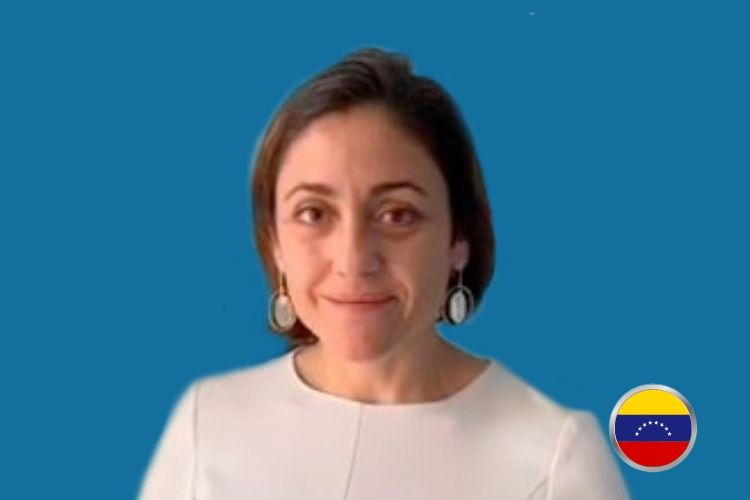
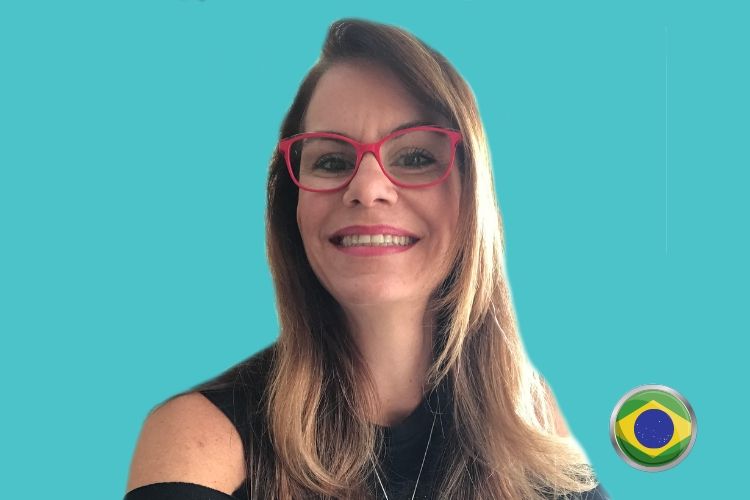

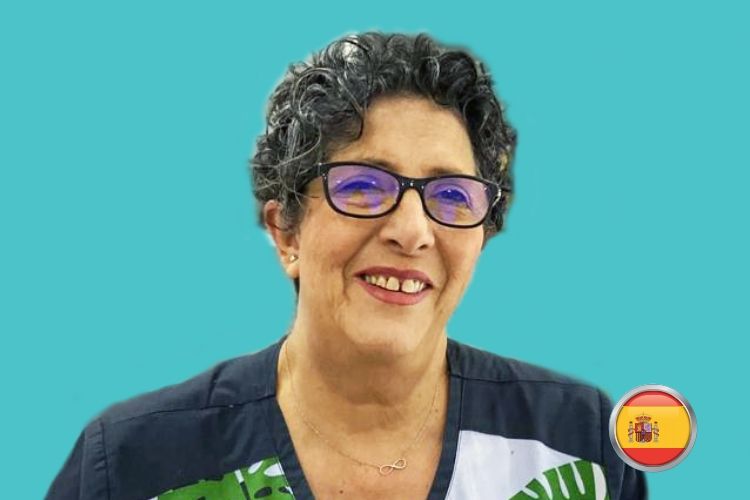
.jpg)


